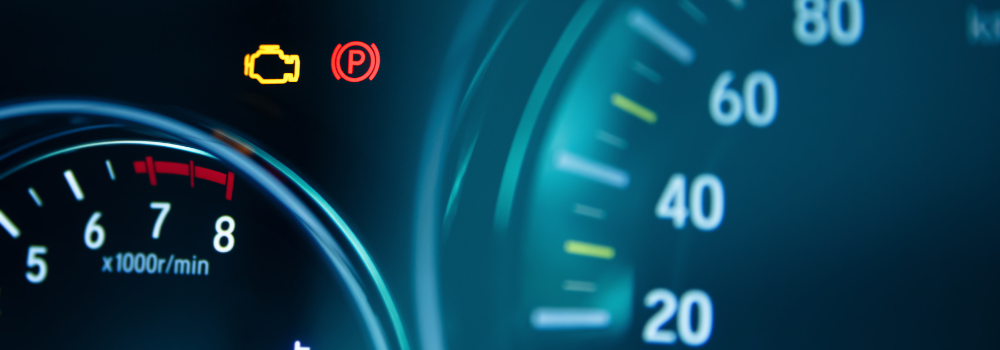
Deciphering Your Vehicle’s Warning Signals
At some point, we’ve all experienced that moment of mild panic when a mysterious light blinks on the dashboard while we’re cruising down the highway. But, there’s no need to worry! These signals are your car’s way of communicating with you. Once you understand what these lights mean, you can take appropriate action and possibly prevent small issues from ballooning into costly repairs.
- Check Engine Light: This is one of the most common yet most misunderstood dashboard lights. It can represent anything from a simple issue like a loose gas cap to something more serious like a malfunctioning sensor. If this light stays on or flashes, it’s time to have your car inspected by a professional.
- Oil Pressure Warning: This light signifies the lifeblood of your car – its oil. If it’s illuminating, it means your vehicle is experiencing a drop in oil pressure, which can lead to engine damage. To avoid this, stop your car as soon as it is safe to do so and check your oil level. If the light stays on, have your car serviced immediately.
- Engine Temperature Warning: When this light comes on, it’s indicating your engine is too hot and potentially overheating. This is a critical situation that could lead to serious engine damage if ignored. Stop driving as soon as it’s safe, let the engine cool down, and have your vehicle inspected.
- Battery Alert: A battery alert light generally signifies an issue with your car’s charging system. If this light appears, there may not be enough voltage to keep your vehicle running properly. Have your car’s electrical system inspected promptly to avoid getting stranded with a dead battery.
In summary, familiarizing yourself with these common dashboard warning lights can significantly extend the lifespan of your vehicle. It can also save you the time, money, and stress that come with unexpected car troubles. Just remember, when in doubt, it’s always best to consult with a professional.
